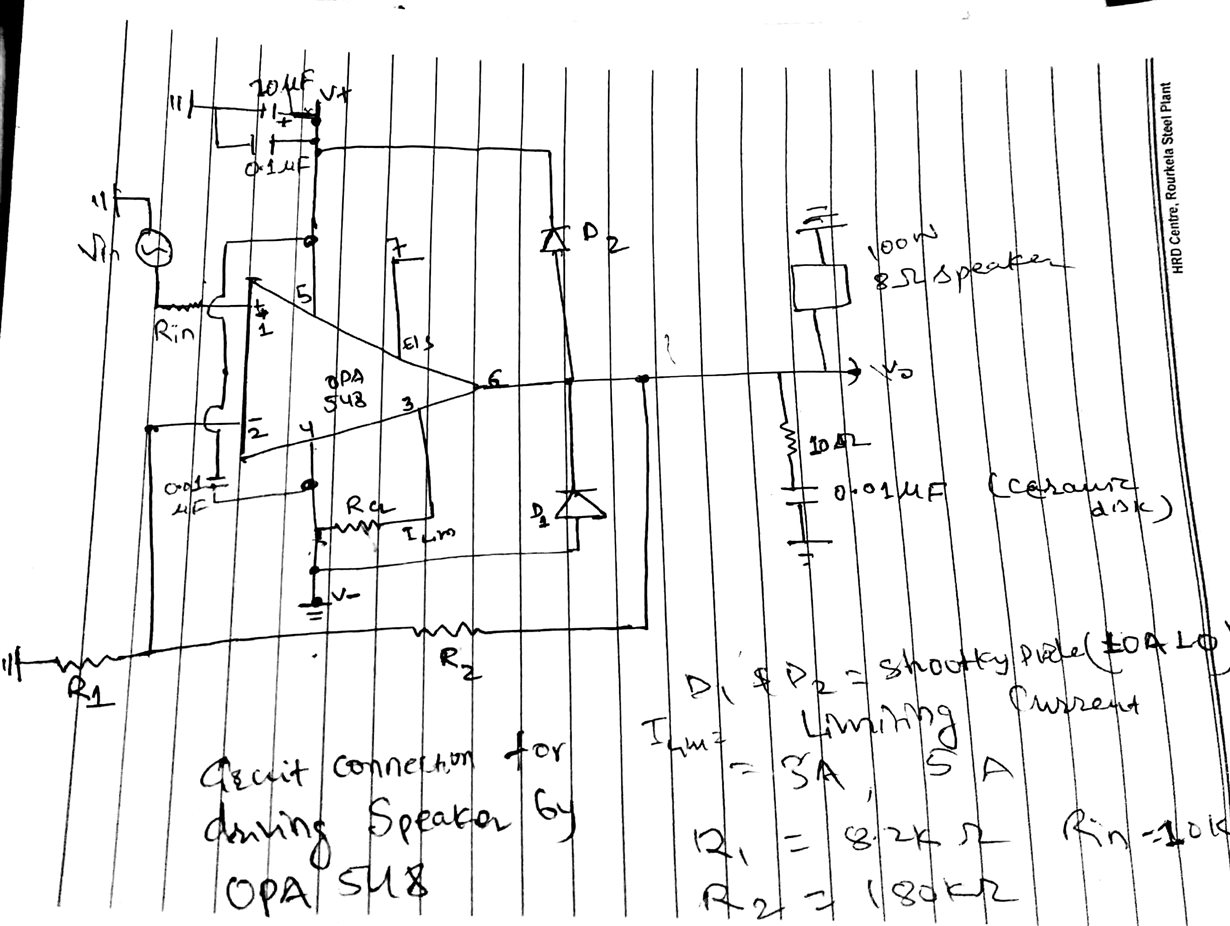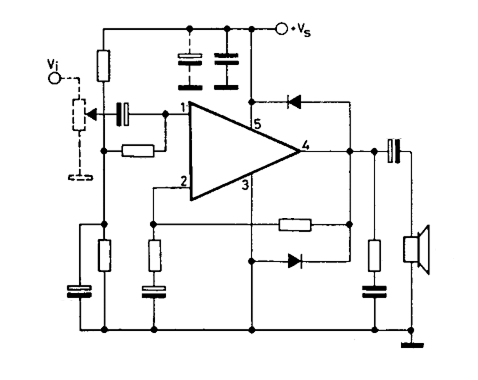Hello everyone,
I have been using OPA 548T to amplify a unipolar signal. The opamp was working fine till now.But, all of a sudden, the output voltage is reduced far below the input signal as well. Is it the case of a DEFECTIVE opamp or anything else?
Kindly suggest some solution.
Regards,
Dipendra



